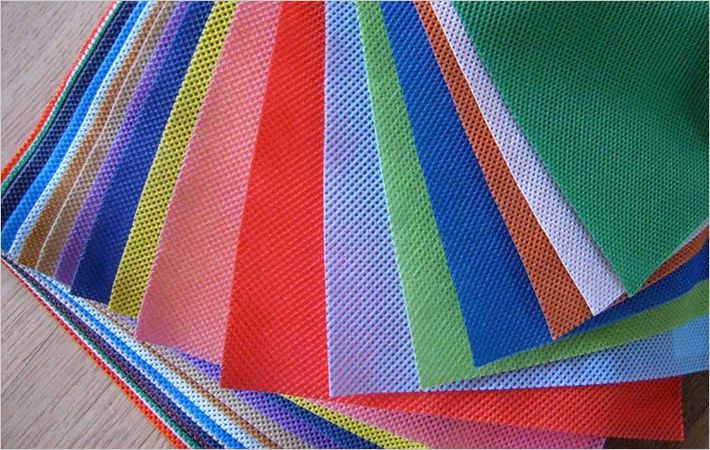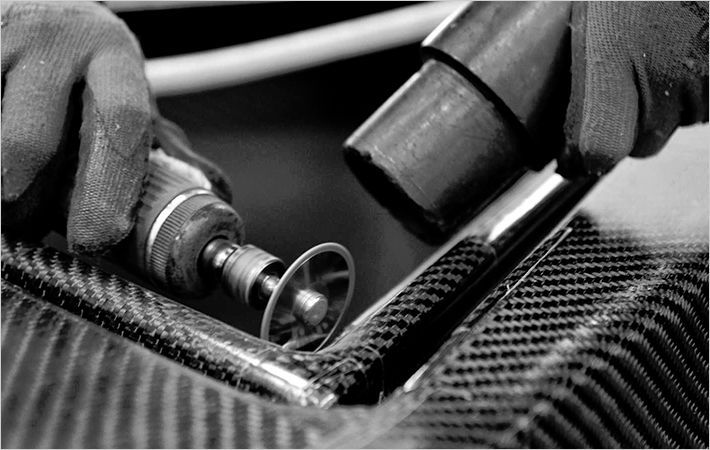A designer and researcher in UK, Sonia Reynolds, has invented 'space cloth', named Zephlinear, the first nonwoven material made from yarn, which promises to revolutionise the textiles industry. The nonwoven has a strong potential for use as a smart textile due to its unique structure with space to encase copper wiring, light emitting diodes (LEDs) and more.
Reynolds brought the idea to Nottingham Trent University's advanced textile research group and is now undertaking a PhD in the subject to further develop the fabric's novel manufacturing process under the direction of professor Tilak Dias and Dr Amanda Briggs-Goode, of the School of Art and Design.A designer and researcher in UK, Sonia Reynolds, has invented 'space cloth', named Zephlinear, the first nonwoven material made from yarn, which promises to revolutionise the textiles industry. The nonwoven has a strong potential for use as a smart textile due to its unique structure with space to encase copper wiring, light emitting diodes (LEDs) and more.#
Zephlinear, unlike traditional woven or knitted materials which are made by the interloping or interlacing of yarns, is made by a newly established technique known as yarn surface entanglement. The name, Zephlinear, derives from two words, zephyr and linear. It was given the nickname 'space cloth' due to its appearance and its e-textile capabilities.
Research shows that it is strongest and most efficient when created from natural yarns such as 100 per cent wool, hair and wool/silk mixtures, though it can also be made from synthetic yarns.
Reynolds said, “Because of the material's linear channels of yarn, it has great potential to be used as a smart textile. In particular, we believe it lends itself well to being embedded with microcapsules containing medication or scent, to either help deliver drugs to specific parts of the body or to create antibacterial and aromatic clothing. As the material is visually different, it has potential to be used for other applications as well, such as wall coverings, in addition to clothing.” (GK)
Fibre2Fashion News Desk – India

